Göbekli Tepe has always fascinated me. Tucked away in southeastern Turkey, it’s one of the most incredible archaeological discoveries of our time. The more I learn about it, the more it challenges everything we thought we knew about early human civilization. It pushes the boundaries of what we believed was possible in prehistoric times. Here are 15 incredible facts I’ve found about Göbekli Tepe that are literally rewriting human history.
The Oldest Known Temple
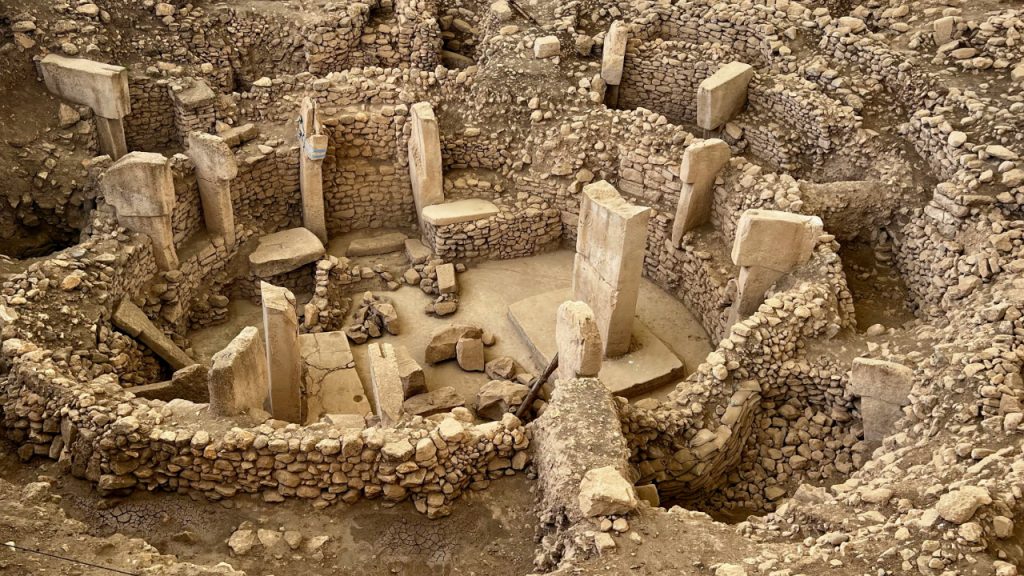
Göbekli Tepe is considered the world’s oldest known temple, dating back to around 9600 BCE. This predates Stonehenge by over 6,000 years and the Great Pyramids by more than 7,000 years.
Massive Stone Pillars
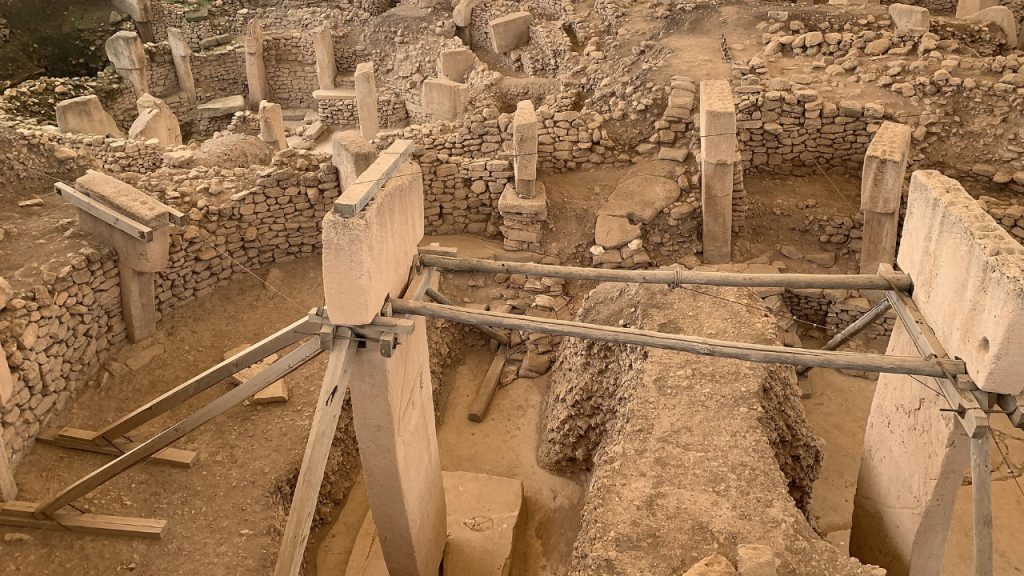
The site is famous for its massive stone pillars, some of which are up to 18 feet tall and weigh up to 20 tons. These pillars are arranged in circular formations, suggesting a highly organized society.
Carved with Animal Reliefs
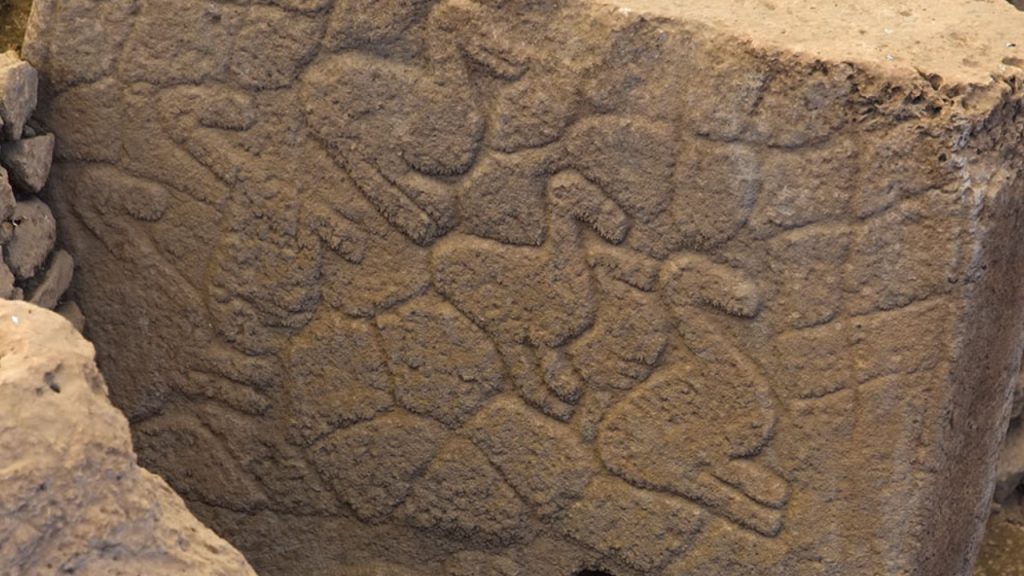
Many of the pillars at Göbekli Tepe are intricately carved with reliefs of animals such as lions, snakes, and birds. These carvings provide insight into the spiritual and cultural life of the people who built the site.
A Pre-Pottery Neolithic Site
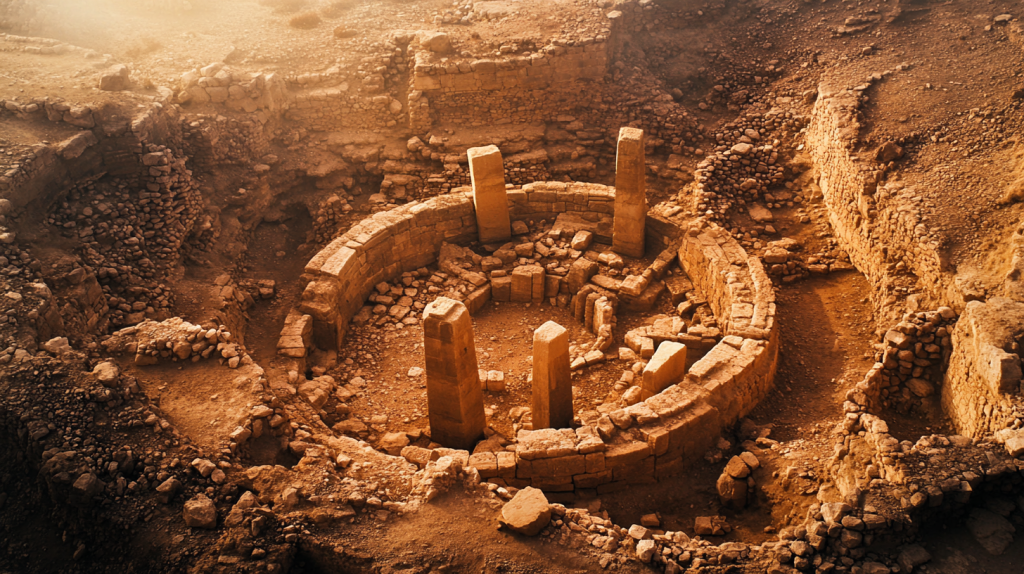
Göbekli Tepe belongs to the Pre-Pottery Neolithic period, meaning it was constructed before humans had developed pottery. This challenges the notion that complex societies needed pottery and other advanced technologies to thrive.
Hunter-Gatherer Builders
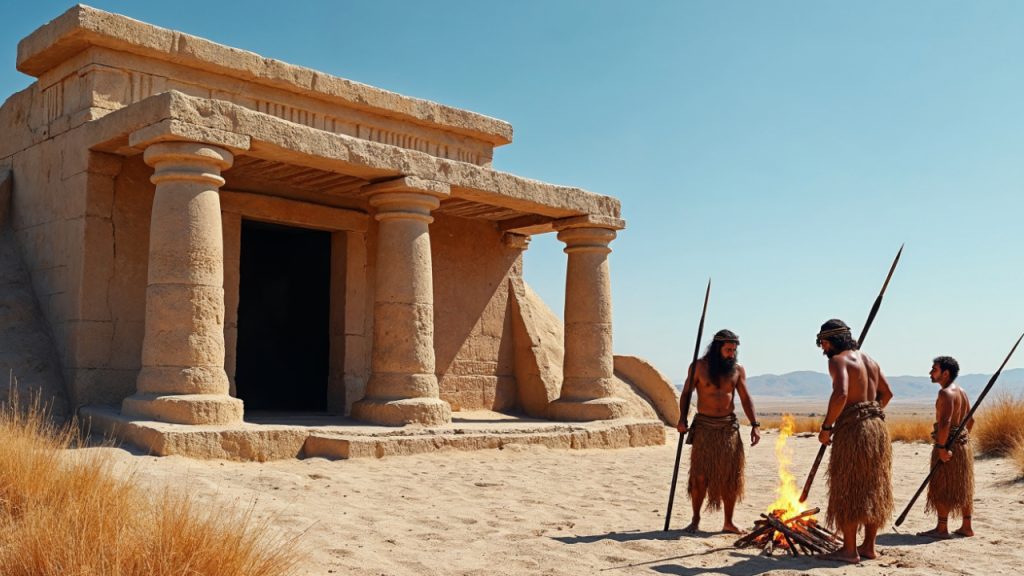
Evidence suggests that the builders of Göbekli Tepe were hunter-gatherers rather than settled agriculturalists. This is surprising because such monumental architecture is usually associated with agricultural societies.
Buried Intentionally
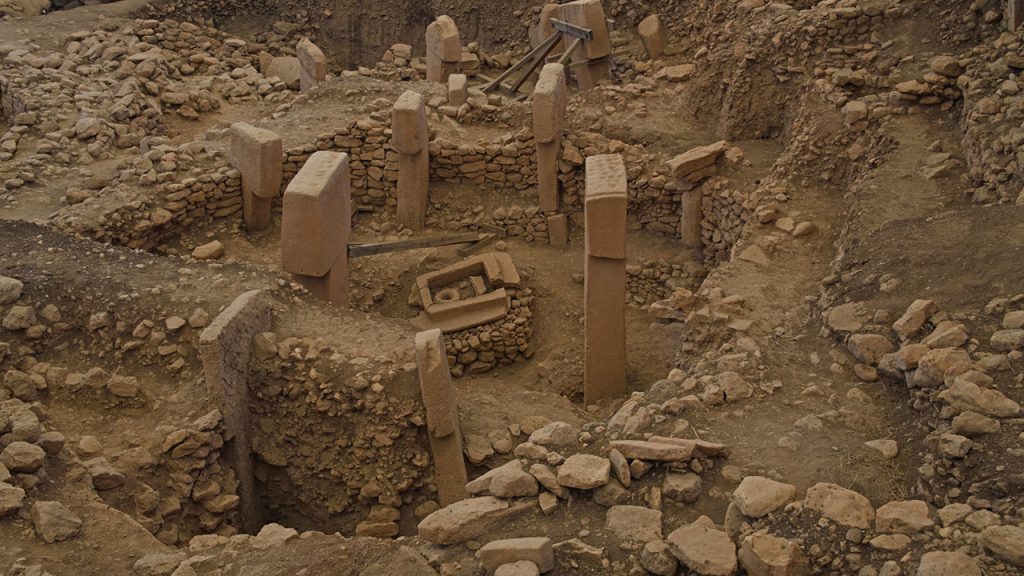
Göbekli Tepe was intentionally buried around 8000 BCE. The reason for this deliberate burial remains a mystery, but it has helped preserve the site remarkably well.
Animal and Human Figurines
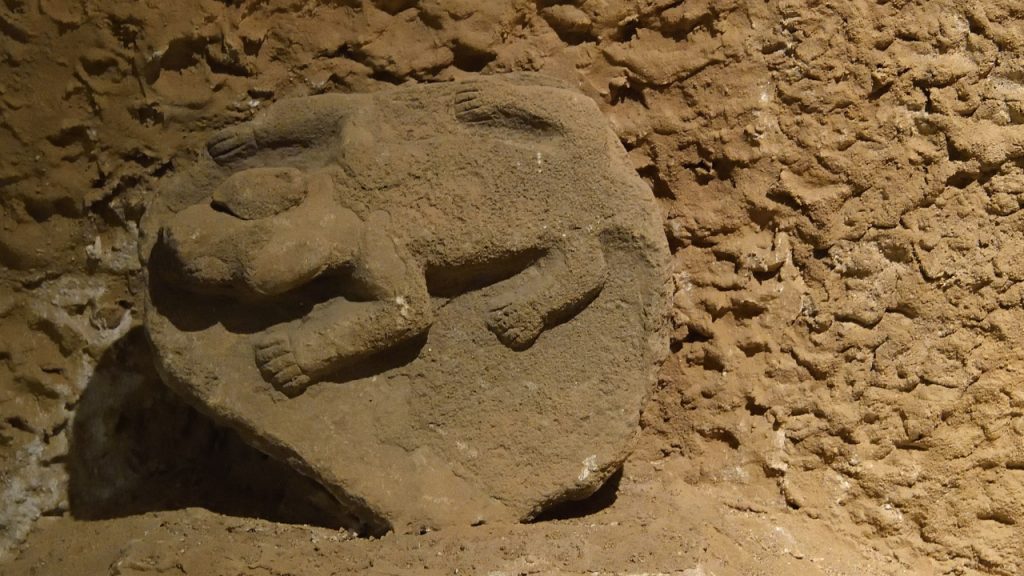
In addition to animal reliefs, small figurines of animals and humans have been found at Göbekli Tepe. These artifacts add to the understanding of the symbolic and ritualistic aspects of the site.
Astronomical Alignments

Some researchers believe that the pillars at Göbekli Tepe are aligned with certain astronomical events, such as the solstices. This suggests a sophisticated understanding of astronomy among its builders.
Spread of Ideas

Göbekli Tepe shows evidence of cultural exchange, with ideas and symbols possibly spreading across regions. This site may have been part of a broader network of Neolithic communities.
Monumental Scale
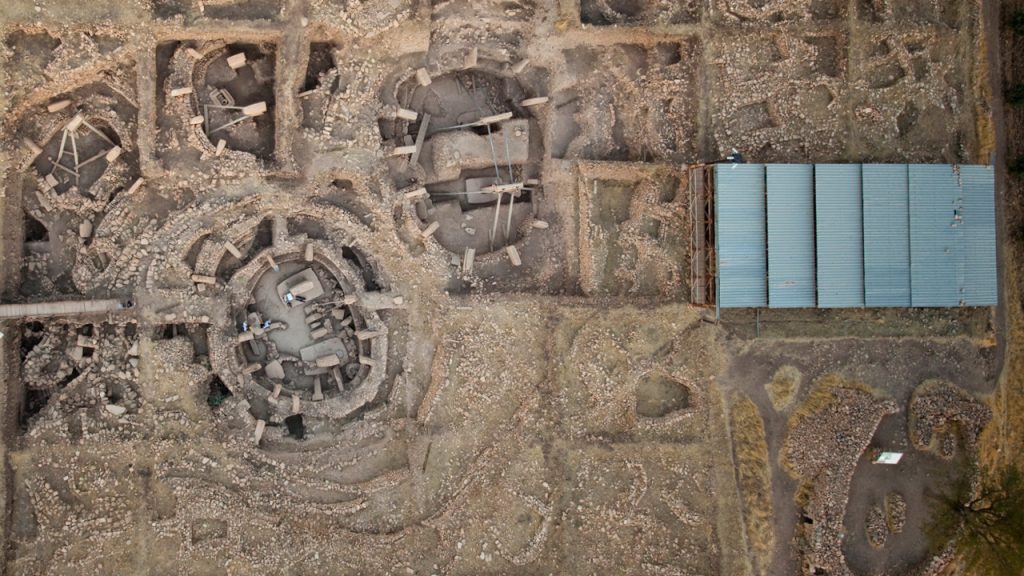
The sheer scale of Göbekli Tepe challenges previous notions about the capabilities of prehistoric societies. It shows that large-scale construction was possible long before the advent of advanced tools and techniques.
Discovered by Klaus Schmidt

The site was discovered by German archaeologist Klaus Schmidt in the 1990s. His work brought Göbekli Tepe to international attention and revolutionized the understanding of early human history.
UNESCO World Heritage Site

Göbekli Tepe was designated a UNESCO World Heritage Site in 2018, recognizing its outstanding universal value and significance in human history.
Continuous Research

Research at Göbekli Tepe is ongoing, with new discoveries being made regularly. Each new find adds to the understanding of this enigmatic site and its impact on human history.
Tourist Attraction
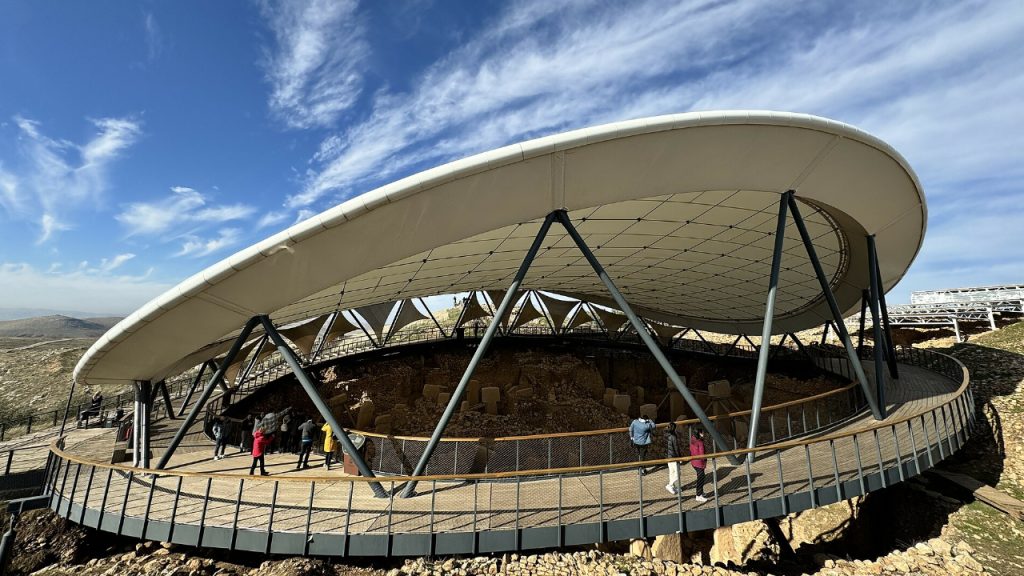
Today, Göbekli Tepe is a popular tourist attraction, drawing visitors from around the world. Efforts are being made to preserve the site while allowing people to experience its historical significance.
A Paradigm Shift
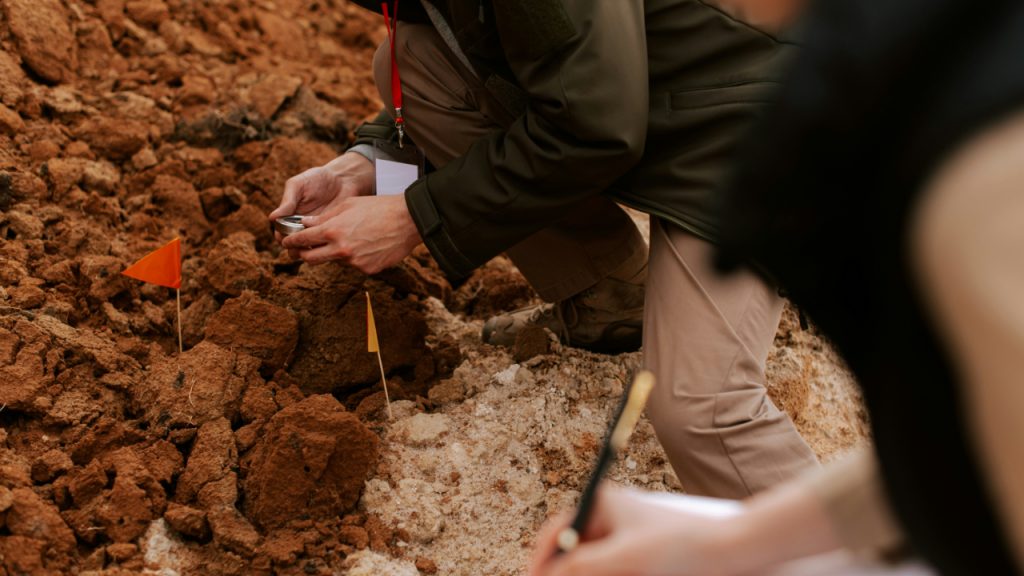
Göbekli Tepe has caused a paradigm shift in archaeology and our understanding of human history. It has shown that complex societies existed much earlier than previously thought and that our ancestors were capable of remarkable feats.
What Meg Got Wrong About Megalodons and 27 Other Fascinating Facts About These Colossal Prehistoric Sharks

The megalodon, a massive predator that once ruled the seas, has been extinct for millions of years. Its scientific name, Otodus megalodon, means “giant tooth,” reflecting the enormous size of its teeth, which are far larger than those of today’s great white sharks. The discovery of these teeth has given us valuable information about the megalodon’s life and extinction.
Ellen has been obsessed with logic puzzles, jigsaws, and cryptograms since she was a kid. After learning she was taught how to play chess wrong by a family friend (so they could win), she joined her school chess club and the rest is history.


